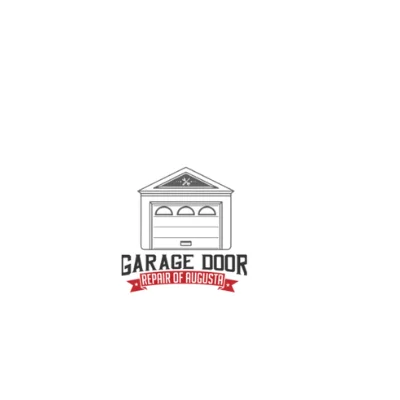Medium Density Fiberboard (MDF) has grown from being a cost-effective substitute for natural wood into one of the most widely used engineered wood products worldwide. Known for its smooth surface, workability, and affordability, MDF is extensively applied in furniture, cabinetry, flooring, and interior design. As global demand for sustainable and versatile materials rises, the MDF market is witnessing significant growth driven by urbanization, housing demand, and evolving consumer preferences.
Rising Demand from Furniture and Interior Design
One of the primary drivers of the global MDF market is the furniture industry. With growing urban populations and increasing middle-class incomes, particularly in Asia-Pacific, the demand for affordable yet stylish furniture has surged. MDF, with its smooth finish and ability to mimic premium woods through veneers and laminates, offers consumers high-quality aesthetics at lower costs.
Additionally, modern housing trends emphasizing modular kitchens, built-in wardrobes, and sleek interiors have boosted MDF consumption. Designers prefer MDF for its versatility, ease of machining, and suitability for contemporary styles that require clean lines and polished finishes.
Regional Market Insights
-
Asia-Pacific dominates the MDF market, with China and India leading production and consumption. Rapid urbanization, rising disposable incomes, and expanding real estate sectors have made the region the largest consumer of MDF. China, in particular, is a global hub for MDF manufacturing due to its vast furniture industry and cost-effective production.
-
Europe is another major market, driven by strict sustainability standards and demand for eco-friendly products. European consumers favor low-emission MDF, leading to innovations in formaldehyde-free boards.
-
North America has seen steady growth, supported by residential construction and the trend toward ready-to-assemble furniture. The United States is witnessing rising demand for eco-friendly and decorative MDF panels.
-
Middle East & Africa and Latin America are emerging markets, where increasing investments in housing and infrastructure projects are creating new opportunities for MDF adoption.
Innovations Driving Market Growth
The MDF industry is evolving beyond traditional boards to meet changing requirements. Moisture-resistant, fire-retardant, lightweight, and decorative MDF variants are gaining popularity, expanding applications in kitchens, bathrooms, offices, and commercial spaces.
Digitally printed MDF and embossed panels are increasingly being used in premium interiors and retail spaces, reflecting the growing importance of aesthetics in consumer decision-making. Meanwhile, manufacturers are investing in sustainable practices, including the use of recycled fibers and low-emission adhesives, to align with global environmental standards.
Challenges in the Market
Despite strong growth, the MDF market faces challenges. The primary concern is the environmental and health impact of formaldehyde-based resins traditionally used in MDF production. While low-emission alternatives exist, they often come at higher costs, which can affect adoption in price-sensitive regions.
Another challenge is competition from substitutes such as plywood and particleboard. Plywood offers higher moisture resistance and strength, making it preferred for structural applications. Additionally, fluctuations in raw material availability, particularly wood fiber, can affect production costs and supply chain stability.
Future Outlook
The future of the MDF market looks promising, with demand expected to grow steadily in both developed and emerging economies. Key trends shaping the outlook include:
-
Sustainability: Increasing adoption of eco-friendly MDF with low formaldehyde emissions.
-
Customization: Growth of decorative and digitally printed MDF panels for premium interiors.
-
Urbanization: Rising demand for affordable housing and modular furniture solutions.
-
Technological Advancements: Improved manufacturing processes leading to lighter, stronger, and more functional MDF boards.
According to market research studies, the global MDF market is projected to expand at a healthy pace, supported by consumer demand for cost-effective materials and ongoing innovations in manufacturing.







